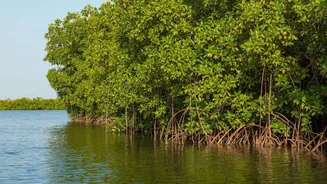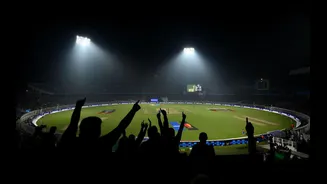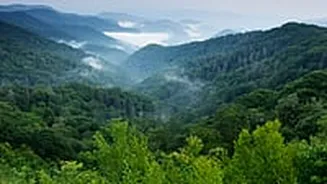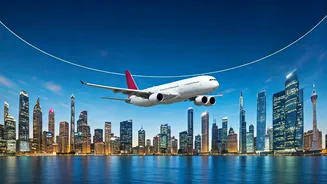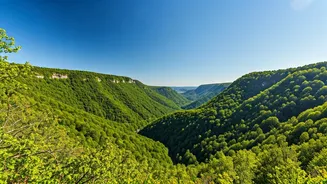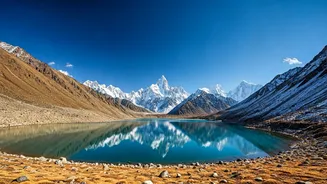The Maximum City always seems to be in a rush. But there are some parts that still breathe slowly. Where the air is still salty and the ground has no concrete
but creekwater. The soon-to-open Gorai Mangrove Park will soon offer travellers a glimpse of this side of the city. Set along the Gorai creek in the city’s north, the park spans eight hectares of lush, tidal forest which is one of the largest surviving mangrove systems within Mumbai limits. The biggest highlight of this mangrove park will be a 700–750-metre-long elevated wooden boardwalk, built entirely without cutting a single mangrove tree. The trail winds through tangled roots, glassy water channels, and clusters of birdlife, creating an experience that is quite similar to existing boardwalks in Phuket or Singapore. While the park's opening has been delayed by a few months, reports suggest it will finally open soon. As per reports, a Nature Interpretation Centre, now nearing completion, will also become a key space for travelers to engage with exhibitions, field workshops, curated nature walks, and community learning programmes that explore why mangroves matter. Mangroves have always been Mumbai’s quiet protectors but are not talked about much. They anchor the coastlines, buffer storm surges, and cradle species that rarely appear in everyday city life. And Gorai has always been layered with heritage. Long before Mumbai became a megacity, coastal villages such Manori, Uttan, Gorai were known for fishing communities. The opening of this mangrove park marks a thoughtful return to that coastal identity. This mangrove park, which is set to open in December, is just the beginning. The Maharashtra Tourism Development Corporation is reviving a 100-acre sustainable leisure corridor across the Manori–Gorai–Uttan belt. Part of it may include a theme-based amusement and water park, but the emphasis remains on eco-tourism, gardens, coastal trails, and spaces that reconnect the city with its shoreline.
